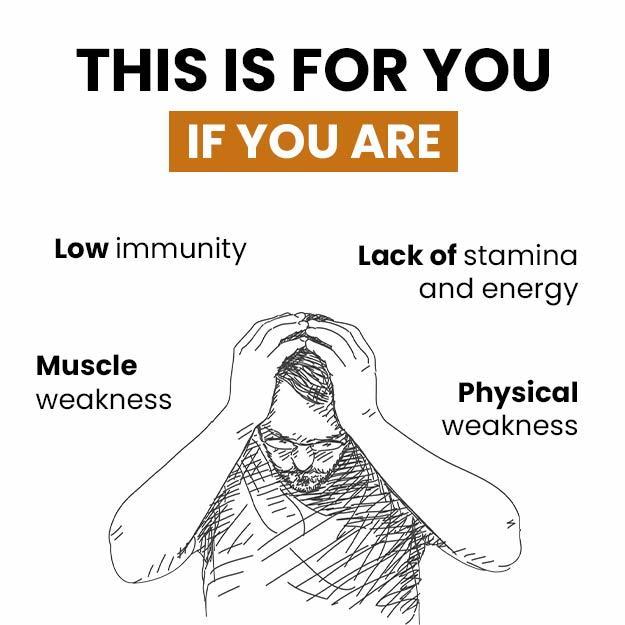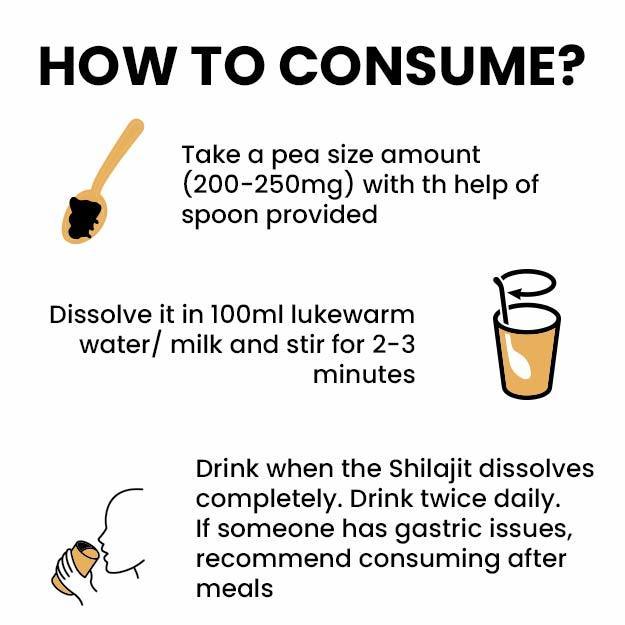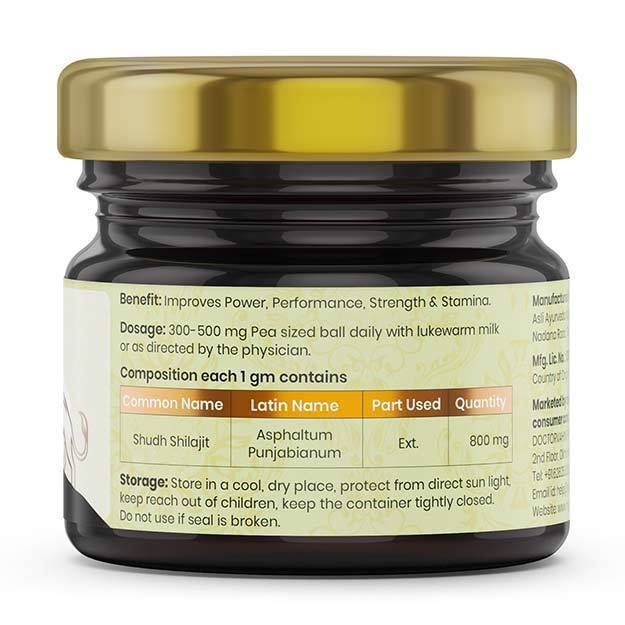Running can divide opinions: while some people swear by the joys of running and can’t wait to wake up before sunrise and breathe in the cool morning air, others prefer to limit their cardiovascular activities to 10-20 minutes on the treadmill before or after a workout in the gym. Yet another set of people prefer to avoid running altogether - if they can help it.
Just like any other exercise, running also helps the body release endorphins that are responsible for producing feelings of positivity and happiness.
If you have ever run long-distance, you would be aware of the feeling of wanting to stop because you feel like dropping down right where you are in exhaustion. Hold out just a bit longer and that feeling goes away; your body fights through that barrier and takes you over the finish line. It is what has colloquially come to be known as runner’s high.
Recent studies, however, have proposed other theories as well, suggesting that various neurotransmitters - yes, endorphins included - are responsible for producing runner’s high.

































